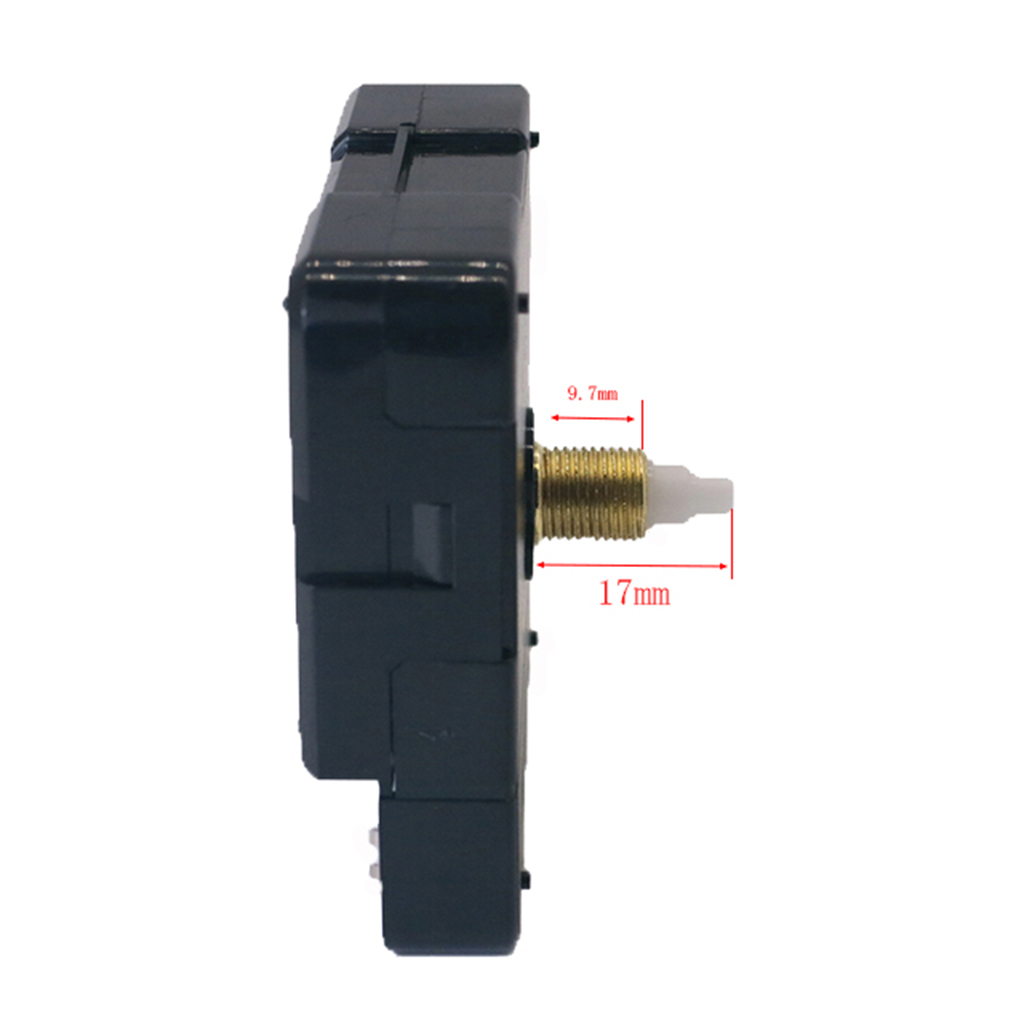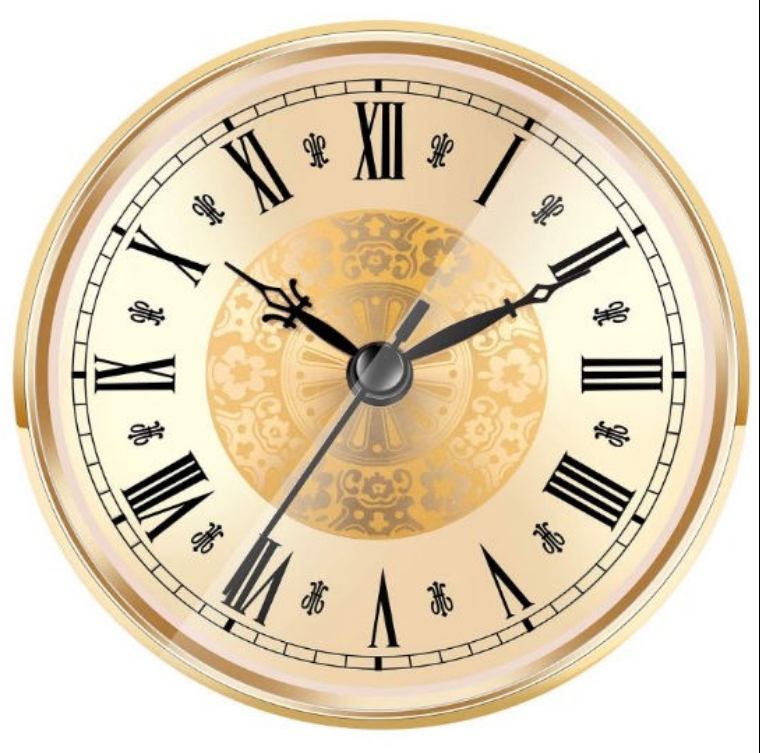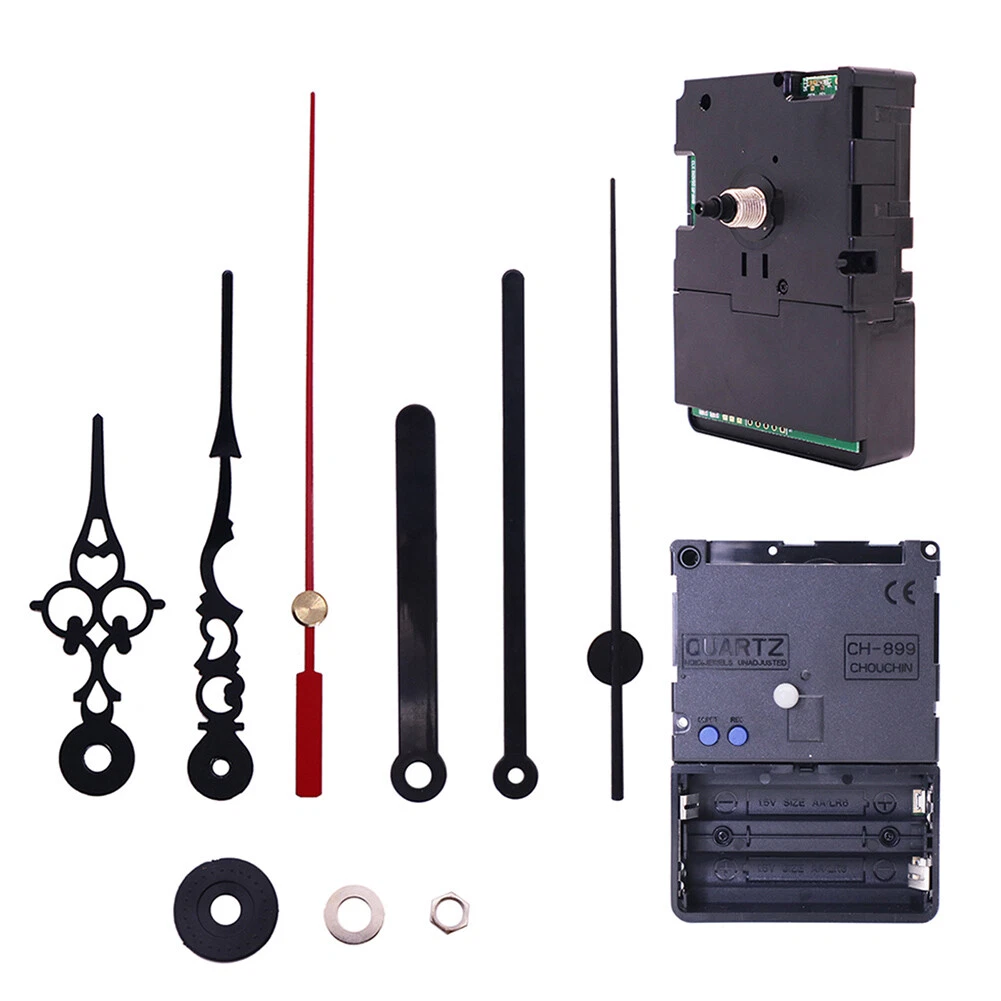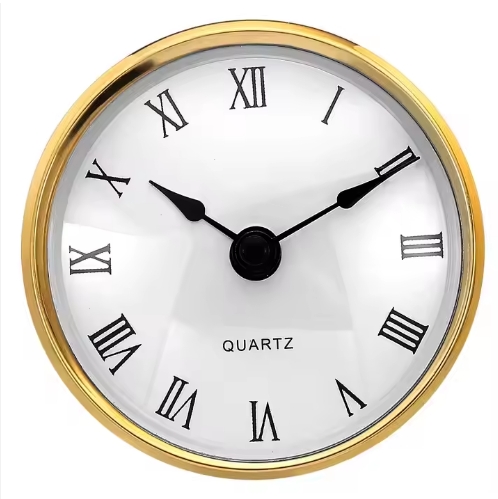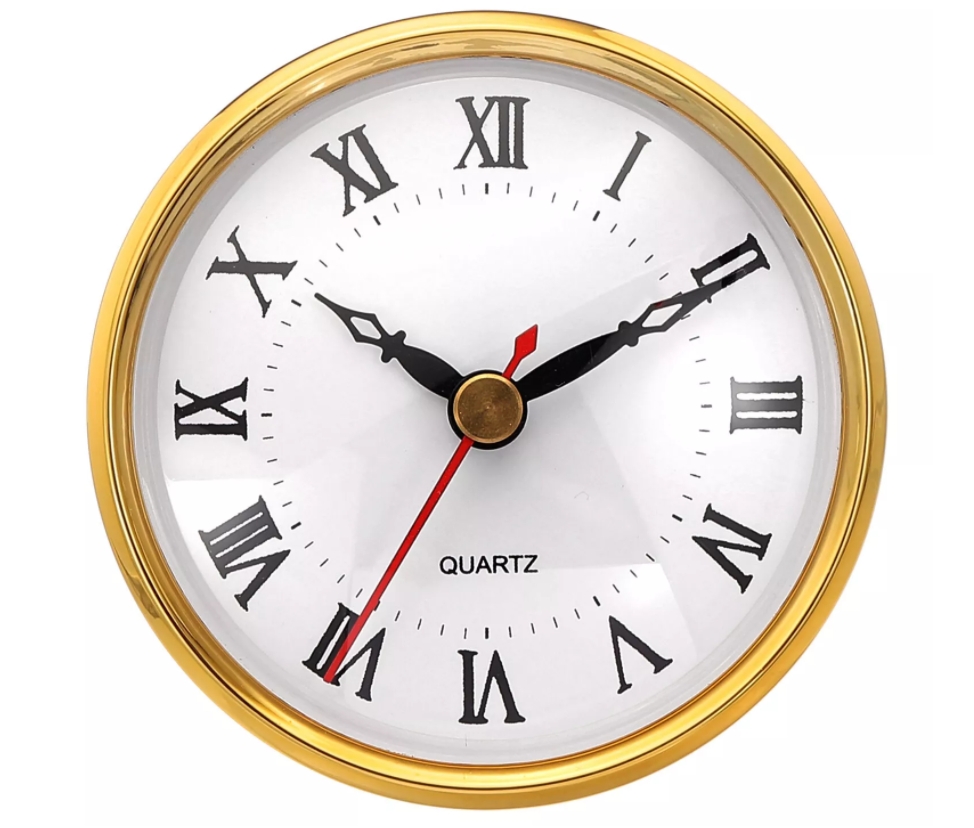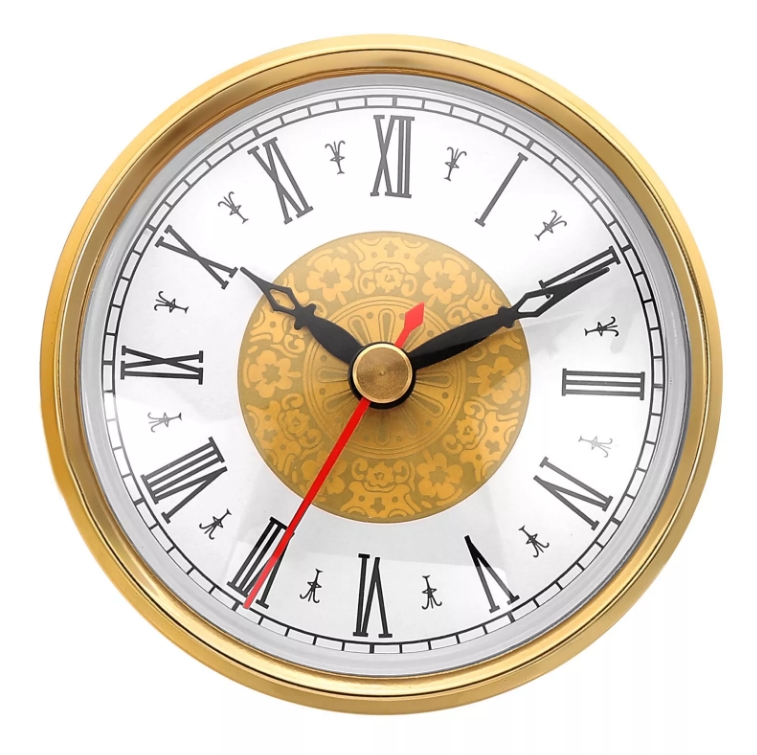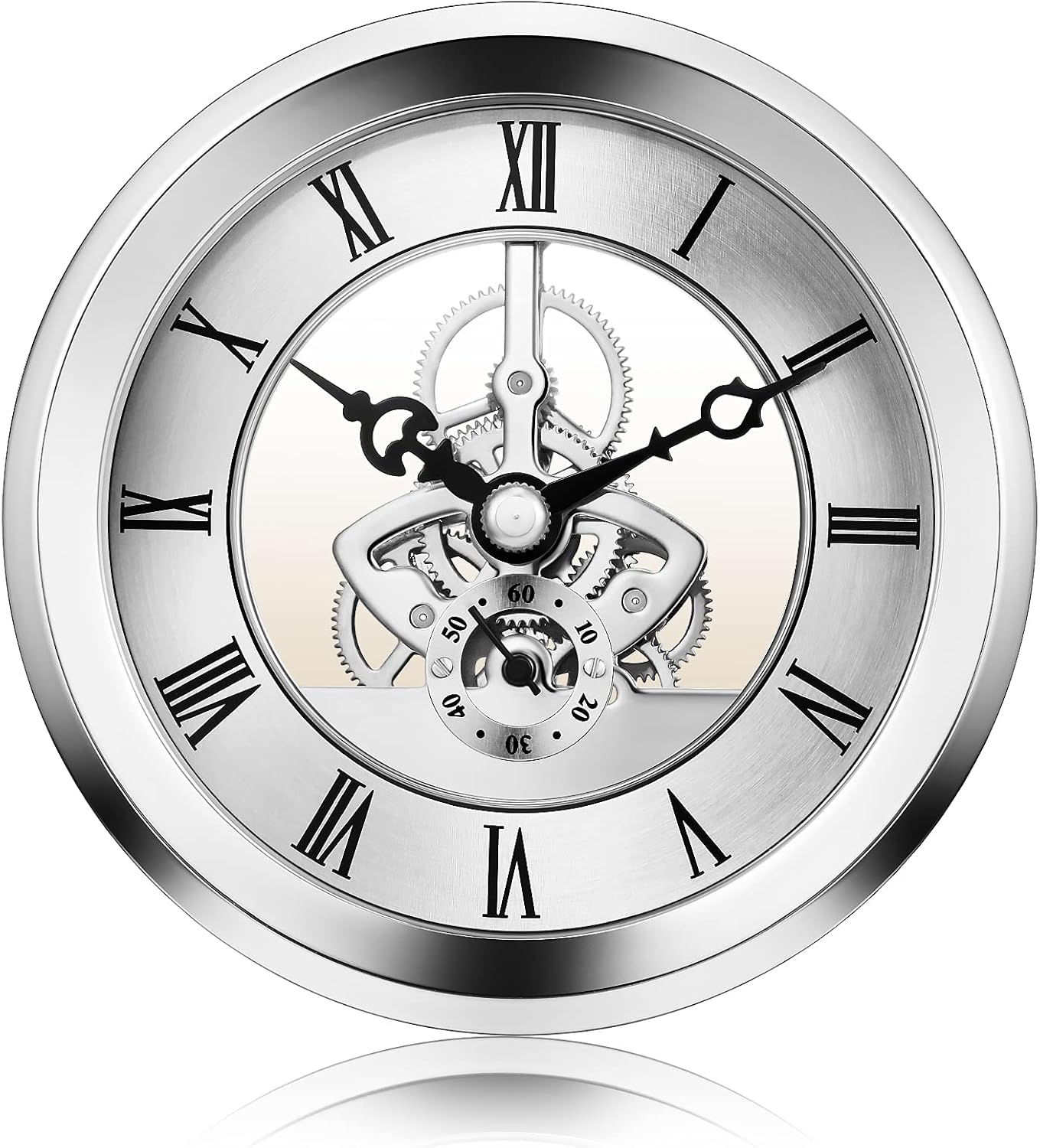



The craft of clock making is said to have started in Black Forest, Germany. The abundance of both time and woods have fashioned the idea of creating clocks, which was followed after an imported clock from a nearby area.
The first clocks that were produced in this region were rather primitive but are great alternatives for the sundials hourglasses that were ordinarily use during those times. Wooden toothed wheels were the first parts and the weights are normally made of stones. The pendulum was created from the wood named as Waag that runs back and forth on top of the dial to keep the cuckoo clock in time.
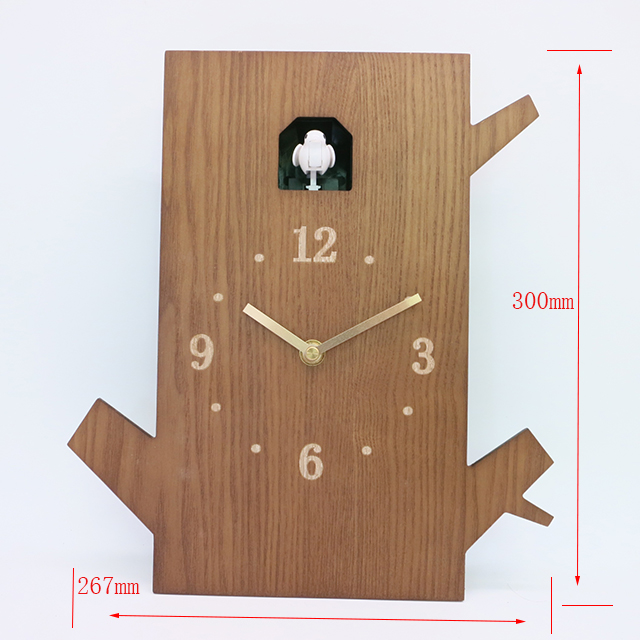
In due time, the inhabitants of the Black Forest became artisans in their own fields. Some specialized in wood carving, others on clock making. Still others became clock painters while some make the toothed wheels and the chains.
And from this peaceful countryside of Black Forest town of Schnwald, Germany did the cuckoo clocks originated. Later, cuckoo clocks have gain worldwide popularity due to their uniqueness. What was originally the Dutch clock was reinvented to capture a nature’s sound-the cuckoo’s call. Franz Ketterer outlined the system of a clock that imitates the whistles and billows of the cuckoos. Refinements on the original design of the cuckoo clocks had led to the familiar set of a chalet or a birdhouse.
- Sweep clock movement
- Clock hands
- High torque clock movement
- Skeleton clock movement
- Radio controlled clocks
- Pendulum clock movement
- 24 hours clock movement
- Tide clock movement
- DIY clock movement
- Round clock movement
- Quartz clock movement
- Clock inserts
- Watch inserts
- Clock parts
- Clock dials
- Wall clocks
- Plastic clock movements
- Toy clock movements
- Hook clock movement
- Alarm clock
- Clock movement
- Movements package
- Clock hands catalog



Sitemap Admin Powered by: hkwww.cn
Tel: 86-769-85532891 E-mail: talent@hengrongclock.com.cn http://www.clockmovements.cn
Keywords: clock movement, clock parts, clock hands, clock mechanism, clock accessories, cuckoo clock, alarm clock, insert clock





